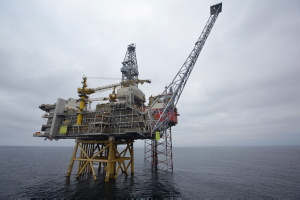 On January 3rd, 2015, at 8.36 a.m. the Valemon gas and condensate field in the North Sea was brought on stream by Statoil and partners. Recoverable reserves from the field are estimated at 192 million barrels of oil equivalent.
On January 3rd, 2015, at 8.36 a.m. the Valemon gas and condensate field in the North Sea was brought on stream by Statoil and partners. Recoverable reserves from the field are estimated at 192 million barrels of oil equivalent.
"Valemon is one of several new projects on the Norwegian continental shelf that will help add value, activity and innovation, demonstrating well the long-term perspective that characterizes Statoil's activity on the Norwegian continental shelf," says Arne Sigve Nylund, executive vice president for Development and Production Norway.
Valemon is the second Statoil-operated platform to be put into production in the last nine months and also the first new platform to be operated from Bergen since Kvitebjørn came on stream 10 years ago.
The Valemon platform will be Statoil's first platform remotely controlled from shore, turning into a "normally unmanned platform" when the drilling on the field is completed in 2017.
Condensate from Valemon will be piped to Kvitebjørn for processing, and from there to Mongstad, whereas the gas will be sent to Heimdal for processing, and then transported to the market.
Heimdal, which was scheduled to be shut down in 2014, will thus get extended life as a gas hub in this part of the North Sea thanks to Valemon.
"By using the existing facilities at Kvitebjørn and Heimdal, as well as the existing pipelines, we have also reduced the costs of developing the Valemon field," says Nylund.
The Valemon topside was built in South Korea. The topsides EPC contract (engineering, procurement and construction) is a first for Statoil in Asia. The platform also has a high Norwegian content, 80 of the 120 mechanical equipment packages being delivered by Norwegian suppliers.
"The South Korean yard and a competitive Norwegian supply industry have together with a competent project organization ensured project start-up on schedule, with excellent HSE results," says Margareth Øvrum, executive vice president for Technology, Projects and Drilling.
Facts:
– Partners: Statoil Petroleum A/S (operator) 53.77 percent, Petoro AS 30 percent, Centrica Resources 13 percent, A/S Norske Shell 3.23 percent.
– When all wells have been drilled the investments in the Valemon field development project will total about NOK 22.6 billion. The platform will then have 10 production wells.
– Valemon is a high-pressure, high-temperature field.
– The steel jacket and living quarters are built at two yards in the Netherlands, the topsides in South Korea, and 80 of the 120 mechanical equipment packages on board come from Norway.
– The platform has 40 cabins, but during normal operations there will be some 17 people on board. In the longer term the platform will normally be unmanned.


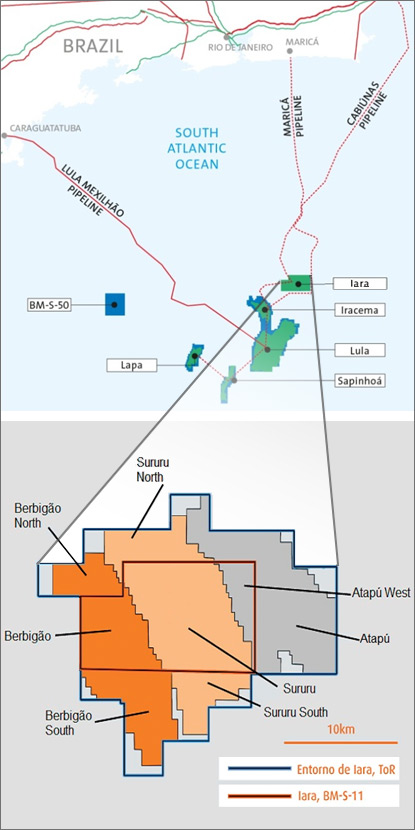 Iara and Entorno de Iara areas in the Santos Basin, Brazil
Iara and Entorno de Iara areas in the Santos Basin, Brazil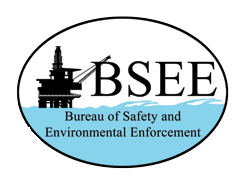 The Bureau of Safety and Environmental Enforcement (BSEE) announced this week that it is soliciting proposals for oil spill response research projects and will be investing up to $6 million to support these projects in 2015. In a Broad Agency Announcement (BAA) released on the federal government's business opportunities website,
The Bureau of Safety and Environmental Enforcement (BSEE) announced this week that it is soliciting proposals for oil spill response research projects and will be investing up to $6 million to support these projects in 2015. In a Broad Agency Announcement (BAA) released on the federal government's business opportunities website, On January 3rd, 2015, at 8.36 a.m. the Valemon gas and condensate field in the North Sea was brought on stream by
On January 3rd, 2015, at 8.36 a.m. the Valemon gas and condensate field in the North Sea was brought on stream by 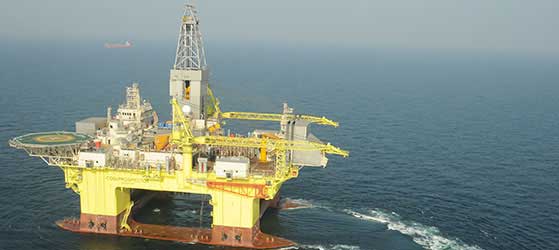 The first new-build semi-submersible drilling rig incorporating
The first new-build semi-submersible drilling rig incorporating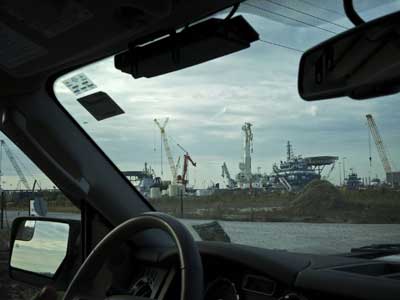 Photo: Edmund D Fountain, for USA TODAY
Photo: Edmund D Fountain, for USA TODAY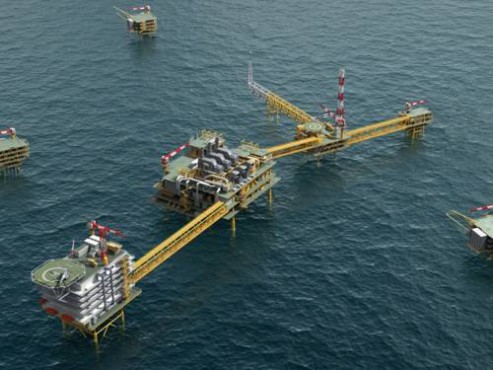 Total
Total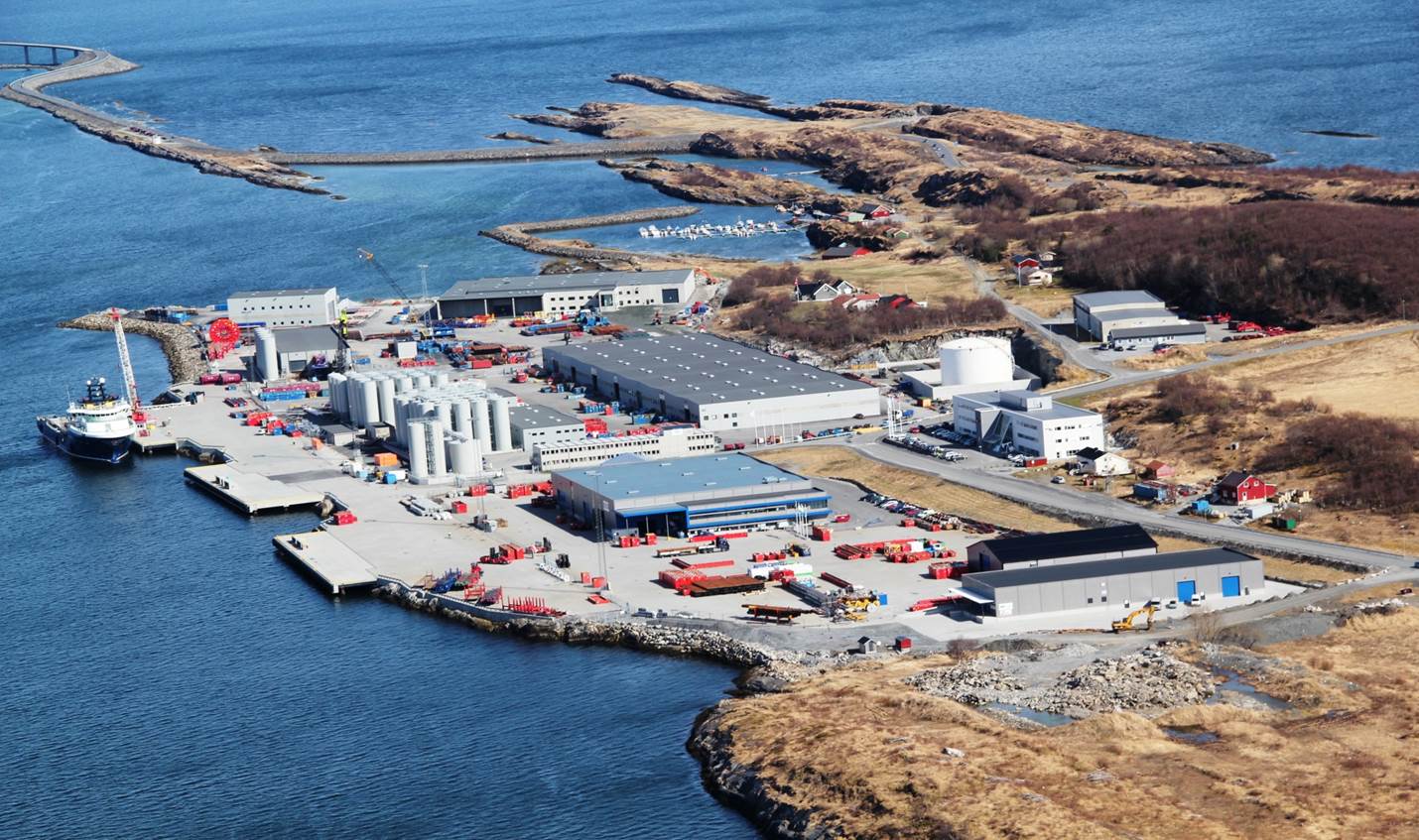 Leading international oil and gas service company,
Leading international oil and gas service company,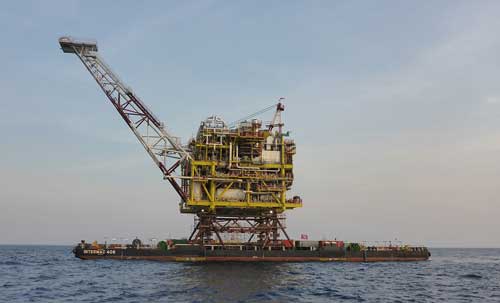 McDermott International, Inc
McDermott International, Inc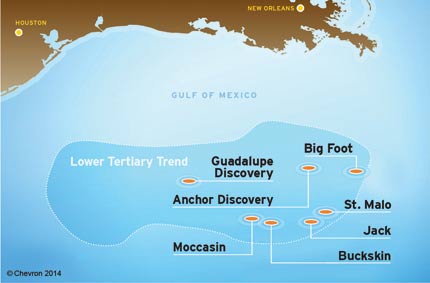 Chevron Corporation
Chevron Corporation McDermott International, Inc.
McDermott International, Inc. Increase needed to keep pace with inflation, preserve deterrent effect
Increase needed to keep pace with inflation, preserve deterrent effect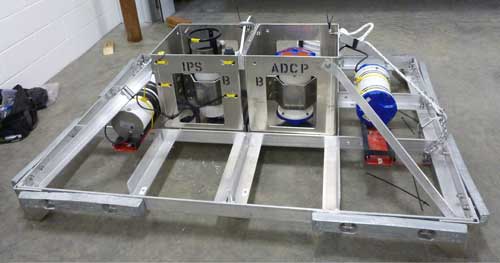 Photo :ASL trawl resistant LowPro5x7™ IceProfiler™/ADCP mooring
Photo :ASL trawl resistant LowPro5x7™ IceProfiler™/ADCP mooring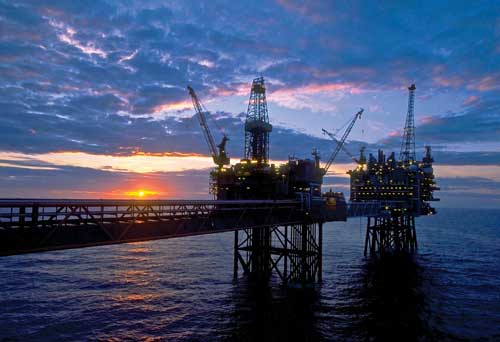
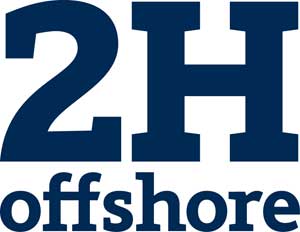 2H Offshore,
2H Offshore,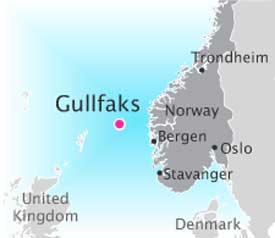 Statoil
Statoil